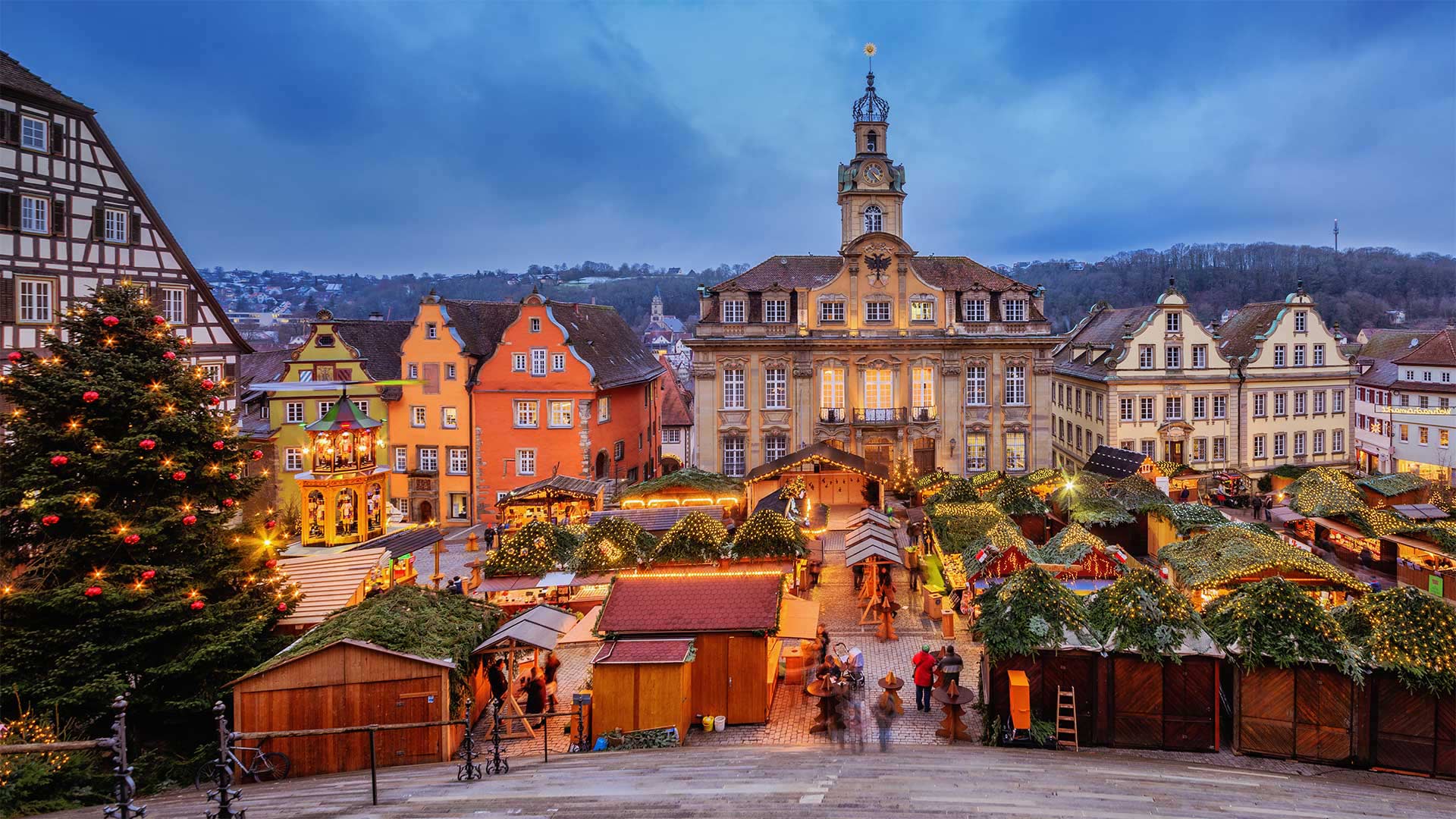A Cleaner Future: How Luxembourg’s Incinerator Is Reducing Landfill Waste
Luxembourg, a small but prosperous European country, is leading the way in waste management and environmental sustainability. With a population of just over 600,000 people, the country produces a significant amount of waste each year. In recent years, there has been a major push to reduce the amount of waste going to landfills and to find more sustainable ways to manage the country’s waste. One of the key strategies that Luxembourg has employed is the use of waste-to-energy incineration, which is helping to reduce landfill waste and generate renewable energy.
The incineration plant in Luxembourg is one of the most advanced facilities of its kind in the world. It is equipped with state-of-the-art technology that allows it to efficiently and safely process a wide range of waste materials, including household waste, industrial waste, and sewage sludge. The incinerator uses high temperatures to break down the waste and convert it into energy, while also significantly minimizing the volume of waste that needs to be sent to landfills.
The incinerator is playing a crucial role in reducing the environmental impact of waste disposal in Luxembourg. By diverting waste from landfills and converting it into energy, the country is able to drastically reduce the amount of greenhouse gas emissions and other pollutants that would be generated by traditional landfill practices. This is helping to improve air quality and reduce the country’s overall carbon footprint.
In addition to reducing landfill waste and generating renewable energy, the incinerator is also contributing to the circular economy by recovering valuable materials from the waste stream. Through advanced recycling and recovery processes, the incinerator is able to recover metals, glass, and other materials that can be reused and recycled, further minimizing the environmental impact of waste disposal.
The incineration plant has also sparked a shift in public perception around waste management. Instead of viewing waste as a problem to be disposed of, many people in Luxembourg now see it as a potential resource that can be harnessed for positive environmental and economic outcomes. This shift in mindset has led to increased interest in recycling and waste reduction efforts, further contributing to a cleaner and more sustainable future for the country.
In addition to its environmental benefits, the incinerator is also providing economic opportunities for Luxembourg. The facility has created jobs in waste management, renewable energy production, and related industries. It is also driving innovation and investment in the development of new technologies for waste management and energy production. Furthermore, the energy generated by the incinerator is being used to power homes and businesses across the country, reducing the reliance on non-renewable energy sources and contributing to energy security and independence.
The success of the incinerator in Luxembourg has sparked interest from other countries and regions looking to improve their waste management practices. The facility’s advanced technology and proven environmental and economic benefits make it a compelling model for sustainable waste management and energy production around the world.
Frequently Asked Questions
Q: Is incineration a sustainable way to manage waste?
A: Yes, incineration can be a sustainable way to manage waste when it is done using advanced technology and best practices. Modern incineration facilities, such as the one in Luxembourg, are able to generate renewable energy from waste while minimizing environmental impact and reducing the volume of waste sent to landfills.
Q: Does incineration release harmful emissions into the environment?
A: Advanced incineration facilities are equipped with emission control systems that effectively capture and treat harmful pollutants, such as dioxins and particulate matter, before they are released into the atmosphere. This helps to minimize the environmental impact of waste incineration and ensure that air quality is protected.
Q: What happens to the ash produced by incineration?
A: The ash produced by incineration is carefully managed to ensure that any remaining materials of value are recovered and recycled. In many cases, the ash is used as a construction material for roads and other infrastructure projects. Proper management of ash is an important aspect of sustainable waste-to-energy practices.
Q: How is the energy generated by the incinerator used?
A: The energy generated by the incinerator is used to power homes, businesses, and other facilities across Luxembourg. By using the renewable energy produced by the incinerator, the country is able to reduce its reliance on non-renewable energy sources and contribute to energy security and independence.
Q: What role does the incinerator play in the circular economy?
A: The incinerator plays a crucial role in the circular economy by recovering valuable materials from the waste stream. Through advanced recycling and recovery processes, the facility is able to recover metals, glass, and other materials that can be reused and recycled, further minimizing the environmental impact of waste disposal.
A Cleaner Future: How Luxembourg’s Incinerator Is Reducing Landfill Waste




